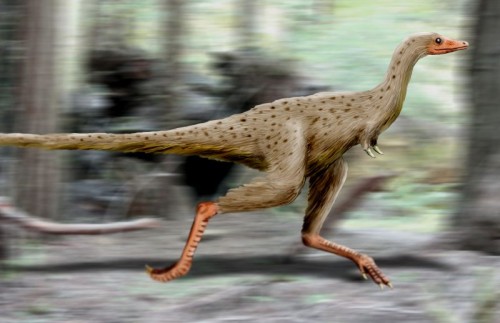Mammoth Scientific Ambitions
Although the ice age is well over and the woolly mammoth is thought to have become extinct over ten thousand years ago, it is the centre of an exciting new project created by scientists under the leadership of Kyoto University in Japan. The aim of this project is to us cloning technology to bring this ancient beast back to life using cells from what is thought to be the remains of a mammoth discovered years ago which is currently being preserved in a research lab in Russia.
Professor Akira Iritani who is the leader of this project team told the AFP last week that all project members involved have prepared themselves mentally for this miracle. They believe it would take about 5 years to accomplish this task. This revival requires an intact DNA for cloning purposes, and a live African Elephant to act as a surrogate mother. It will take around 600 days for the pregnancy, with the first baby mammoths of the modern age being born in around four to five years time.
This cloning tasks involves extracting a nucleus from a frozen mammoth cell, transplanting it into the ovum of a live African Elephant, and getting this ovum fertilised. If this crazy project succeeds, that would mean the clone of a mammoth at an embryonic stage. If this all goes well, the next step would be to insert this into the womb of a surrogate elephant mother and hope that it reaches full term to produce a live mammoth calf!
In more recent years, Scientists have attempted to use samples of frozen hair from the Siberian ice for thousands of years in order to piece together the genetic code of the woolly mammoth. DNA preserved in its bone has also been used to attempt to recreate the blood of this prehistoric giant. However, this latest project is much more ambitious. In fact, part of this project involves an expedition into the chilly Siberian permafrost in the summer in order to try and find a flash-frozen specimen that is still DNA rich.
Other options of trying to complete these lofty desires include taking a skin or tissue sample from a carcass which is already in collection for research purposes, according to the Yomiuri Shimbun which is a Japanese newspaper. This newspaper also reported that just one sample over 1 square inch could provide all the genetic information required.
This project builds on the success of other Japanese Scientists who created clones of a mouse 2 years ago, which had been dead and frozen for 16 years. However, although there has been history of some success, it will not all be plain sailing. There is an intricate process involved which is fraught with the possibilities of failure, miscarriage, and the surrogate mother elephant suffering. Even when the mouse was resurrected, over 1,100 attempts were taken which only produced 7 healthy clones.
However, even if this project is successful, the problems do not end with birth. According to Akira Iritani, “If a cloned embryo can be created, we need to discuss, before transplanting it into the womb, how to breed (the mammoth) and whether to display it to the public.”
It is hoped that the study of the baby mammoth will shed light on with these ancient creatures which once strode in large hers across North America and Eurasia died 8,000 yeas ago at the end of the last Ice Age. There is debate whether the mammoths were hunted to extinction by humans. On the other hand, others argue that climate change is to blame with a species more adapted to frozen climates being ill equipped for a warmer world.
All in all, this bizarre scientific project is reminiscent of the hit book and movie series, Jurassic Park. The consequences of cloning this ancient animal are fairly risky. Cloning dinosaurs would be a much more complex task as their DNA would have to be at least 65 million years old and it is likely to have broken down.



